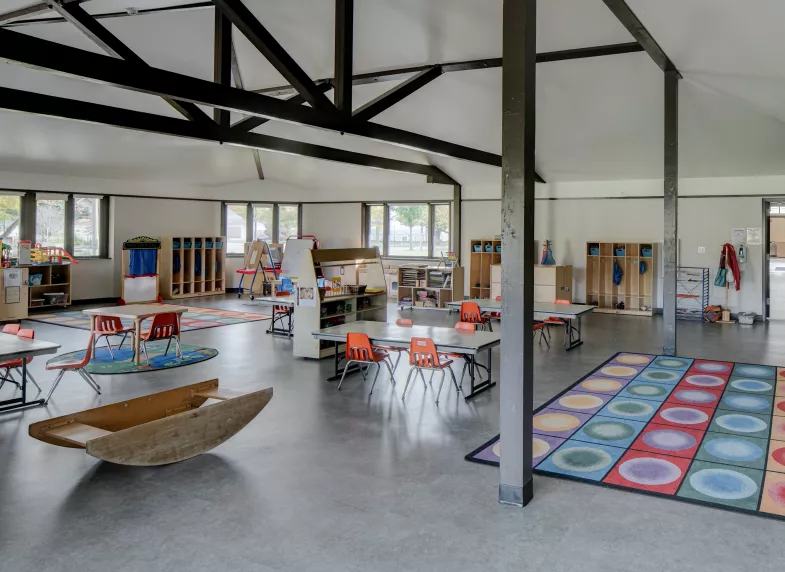
In this week’s blog, Phius Associate Director Lisa White follows up on her previous post about the importance of setting relevant and appropriate performance targets.
I’d like to add a few words on the widely used metric of Energy Use Intensity (EUI), which is total energy use per unit of floor area. Some view this as a “fair” way of comparing buildings of different sizes – normalizing per square foot. While it is a simple metric and may have some value as a research or benchmarking tool, we don’t believe it is a good tool for regulation in codes and standards, at least not for design. On its own, it doesn’t guide the designer toward any specific measures to reduce energy consumption.
In residential applications, the absolute EUI target actually favors large homes with fewer people in them and disadvantages denser living applications. This is why we have a per-person energy use limit at Phius. And it’s not a fixed value, it actually depends on the density of the living situation to account for what’s realistic through cost-effective conservation measures.
In non-residential applications, the EUI is sensitive to factors not under the control of the designer – patterns of occupancy and equipment utilization by the occupants. Consider buildings with seasonal use such as a school – whether it’s open or not during the summer affects the building’s EUI but doesn’t directly guide any design decisions and penalizes buildings with higher utilization. Those using an absolute EUI target as a basis for regulation tend to end up making many categories and doing a lot of studies to make tables of EUI targets by building type and climate, and the categories may still be ill-fitting for many buildings.
This is why on the ASHRAE 227P Passive Building Design Standard Committee, we are considering a different approach. We first identify the measures we believe to be climate-appropriate and best practice for high performance passive building design – these create the prescriptive path for compliance and must all be met individually. Or, if tradeoffs are desired, the building outlined in the prescriptive path can be modeled and those model results set the project-specific performance targets. The proposed design must perform at least as well as the pre-defined, best-practice prescriptive package.
The resulting performance targets fall into similar buckets as the proprietary passive standard from Phius – setting limits on both space conditioning loads and overall energy use. This two-path approach allows compliance by either a simpler more restrictive path, or a more complicated flexible path. But the idea is that they both lead to the same level of stringency, because the first path is used to set targets for the alternative.
This approach of setting performance targets relative to a prescriptive baseline is the more conventional framework for energy codes, as opposed to absolute targets (which are currently used in the Phius passive building standard). The two-path/two-model approach represents the logical end point of making absolute targets more nuanced. Other benefits of this two-model approach include alignment of schedules, occupancy, and internal gain assumptions, and allows for more software independence.
Finally, it seems the most nuanced and fair way to do energy design regulation could be with a two-model approach, where:
- There is a project-specific reference or baseline building that sets the performance targets, and
- That baseline building is loaded up with all the good energy-saving envelope and equipment features, and
- Expected utilization patterns are taken as a given
It is also straightforward to extend this approach to more and more types of energy-using equipment. We believe the two-model approach to performance standards can work whether or not it is desired to have a prescriptive path (i.e. to make the configuration of the baseline building a compliance path unto itself).
The ASHRAE 227P standard is planned to be released for advisory public review in late 2022, and we’re hoping for a public release date in 2024!
